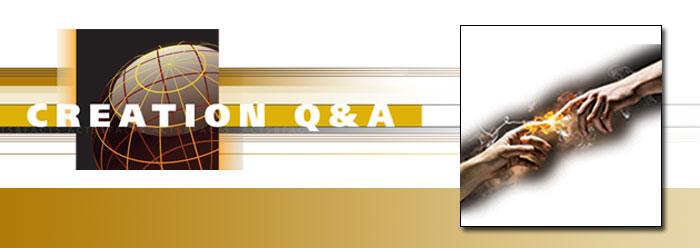“And the LORD said unto Moses, Make thee a fiery serpent, and set it upon a pole: and it shall come to pass, that every one that is bitten, when he looketh upon it, shall live” (Numbers 21:8).
The Hebrew word nes frequently is used to denote a flag or banner, raised on a conspicuous hilltop for all to see, around which the people would gather or rally. However, in its twenty-one occurrences, several other meanings are also implied which warrant our attention.
Consider the rebellion of Korah against Moses when “the earth opened her mouth, and swallowed them up . . . and they became a sign [nes]” (Numbers 26:10) (i.e., a warning and a reminder).
Our text describes a most important event when many of the people of Israel were dying due to a plague of serpents as a judgment for their constant complaining. Moses constructed a brass model of the serpent and “set it upon a pole [nes]” for all to see. Those who believed, and in faith looked at the serpent for “salvation,” were healed (Numbers 21:4–9). Only later would this event take on full significance, for Christ told Nicodemus, “As Moses lifted up the serpent in the wilderness, even so must the Son of man be lifted up” (John 3:14).
The message of salvation in Christ as related to the word nes is found also in the Old Testament. “And in that day there shall be a root of Jesse, which shall stand for an ensign [nes] of the people; to it shall the Gentiles seek: and His rest shall be glorious” (Isaiah 11:10, see also Isaiah 49:22).
Finally, the concept is even incorporated into the name of God, when after a supernatural defeat of their enemies, “Moses built an altar, and called the name of it Jehovah-nissi [i.e., the LORD is my banner]” (Exodus 17:15). Let us make the Lord our banner today. JDM



















